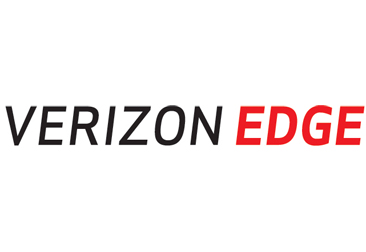Verizon Jumps On The “Pay For Early Upgrade” Bandwagon With New Edge Program
 Yesterday we looked at the motives and math behind the new early upgrade programs from AT&T and T-Mobile and said that Verizon would likely be unveiling its own version of something similar. Well that day has come, with Verizon Wireless announcing its Edge program that let’s you upgrade as early as 6 months after getting your new phone, if you’re willing to pay a bit extra.
Yesterday we looked at the motives and math behind the new early upgrade programs from AT&T and T-Mobile and said that Verizon would likely be unveiling its own version of something similar. Well that day has come, with Verizon Wireless announcing its Edge program that let’s you upgrade as early as 6 months after getting your new phone, if you’re willing to pay a bit extra.
Just like T-Mobile’s JUMP and and AT&T’s Next programs, Edge divides the cost of your new phone into monthly payments. In this case, it’s 24 months. And again, that price is the full, unsubsidized sticker price for the phone. So instead of the $150-200 price range for a $650, top of the line smartphone that you’d normally pay up front when signing a new wireless contract, you’d pay $20-30 a month. Smaller monthly payments, but in the end you’ve paid significantly more than you would have otherwise.
But for that extra cost, Verizon Edge offers customers the ability to upgrade as early as six months into the payment plan, but only if you have paid off 50% of the retail cost.
If you do upgrade to a new phone, you start the 24-month clock all over again.
Again, it’s a huge win for Verizon if you take part in the program. Most smartphone subsidies cover anywhere from 60-100% of the retail price tag. This way, the company gets at least 50% of the money back, and they could get it back as soon as six months.
Verizon is touting its program as different than T-Mobile’s because it doesn’t require a down-payment for new devices like T-Mo does, but it has effectively turned that down payment into a delayed upgrade fee for those who want to cash in on an upgrade before their payments have reached the 50% mark.
Using the example of a $650 smartphone. Monthly payments would be around $27. After six months, a Verizon Edge customer would only have paid around $162, nowhere near the 50% threshold needed to cash in an upgrade. So the customer would need to fork over an extra $163 to reach that point, about the same as T-Mobile charges for a down-payment on a phone of that price. To avoid that payment, the Verizon Edge customer keeps paying for another 6-7 months, at which point they can upgrade without going any further out of pocket.
The other thing to keep in mind is that it does not appear as if subscribers’ monthly rates will be any lower, in spite of Verizon not having to carry as much of the subsidy. Verizon and other wireless providers have long complained that the reasons monthly rates are so high is that they are plunking down piles of cash for the phones customers get at a huge discount. If Verizon and AT&T are no longer being left on the hook for mammoth phone subsidies, shouldn’t that savings be passed along in the form of lower monthly rates?
T-Mobile lowered the prices on its plans when it switched to the no-subsidy model, but it also charges and additional $10 monthly fee to take part in its JUMP program.
For those interested, Verizon Edge will be available starting August 25.
Want more consumer news? Visit our parent organization, Consumer Reports, for the latest on scams, recalls, and other consumer issues.

